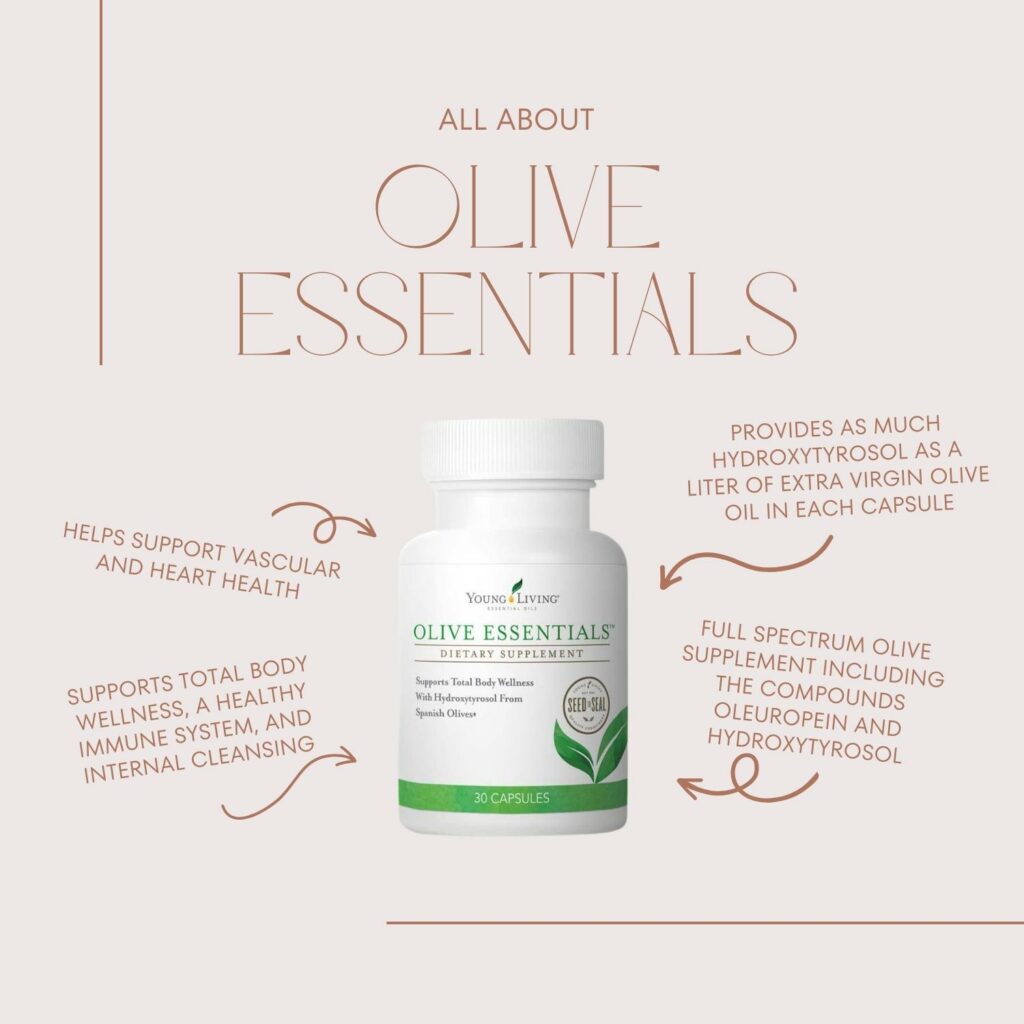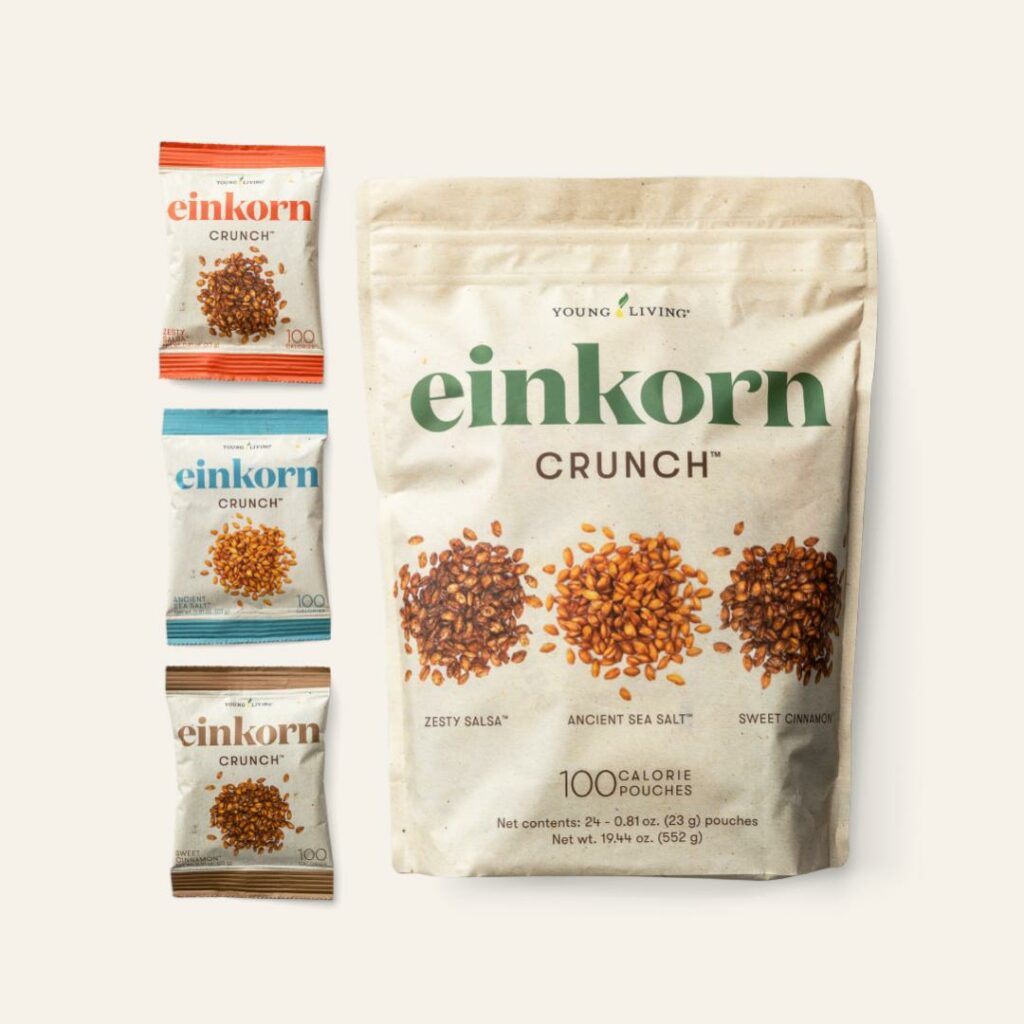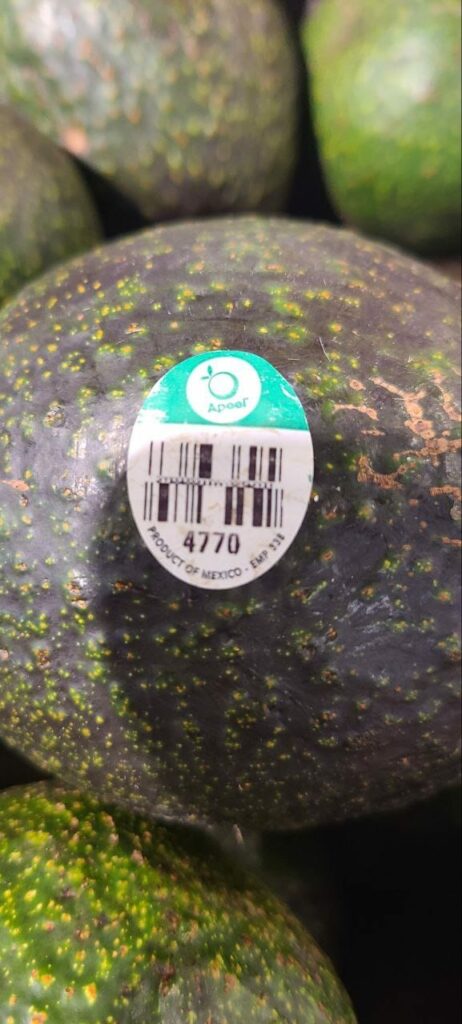Day 4: Insulin Resistance
Natural sweeteners have been around since the beginning of time. The earliest recorded sweeteners were sugar cane and honey (at least 8,000 BC), and it was a rare treat in a home….. it’s no longer a rare treat, especially not when we are knee-deep into the Holiday Season.
Nowadays, the average American eats over 100 lbs of sugar a year. (That’s the equivalent of eating / drinking 30 teaspoons of sugar a day, every single day). 

I love that God gave us foods He created to both nourish and heal. Olives have been around at least as long as sugar and many parts of the olive tree have usefulness. Take a look at this study using Olive Leaf Polyphenols: “Olive (Olea europaea L.) Leaf Polyphenols Improve Insulin Sensitivity in Middle-Aged Overweight Men: A Randomized, Placebo-Controlled, Crossover Trial. https://www.ncbi.nlm.nih.gov/pmc/articles/PMC3596374/
(after 12 weeks of consistent use of Olive Leaf Extract, the test subjects had an average 15% decrease in insulin resistance. And I quote……” The researchers noted that supplementing with olive leaf extract gave results comparable to common diabetic therapeutics.” )
There’s this study too…. (lots of great info! ) https://www.ncbi.nlm.nih.gov/pmc/articles/PMC8398612/ Pharmaceutical Drugs and Natural Therapeutic Products for the Treatment of Type 2 Diabetes Mellitus.
Of course, it’s just not possible to out-supplement consistently poor lifestyle choices. That said, for people who are attempting to correct some poor lifestyle habits, there are lots of options out there to support your efforts!
Do you incorporate Olive Essentials into your wellness routine? (There are several more reasons to do so in addition to supporting healthy pancreas activity  )
)
xoxo~ liz
PS: Posts like these are not intended to diagnose, treat, or cure anything. Rather they are here to create an awareness of the tools we have available to us in addition to the freedom to address diet, exercise, stress, sleep, hydration, etc. You can do anything you set your mind to!




